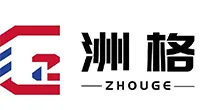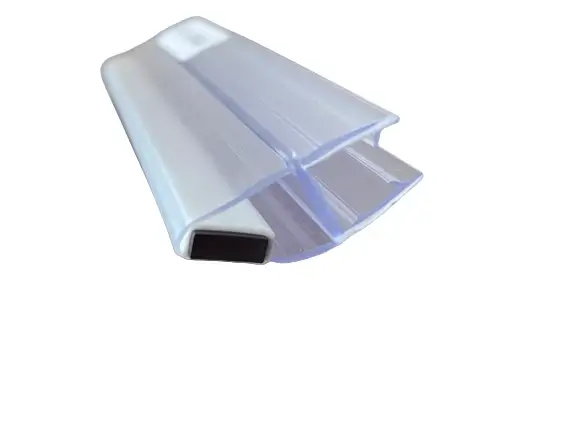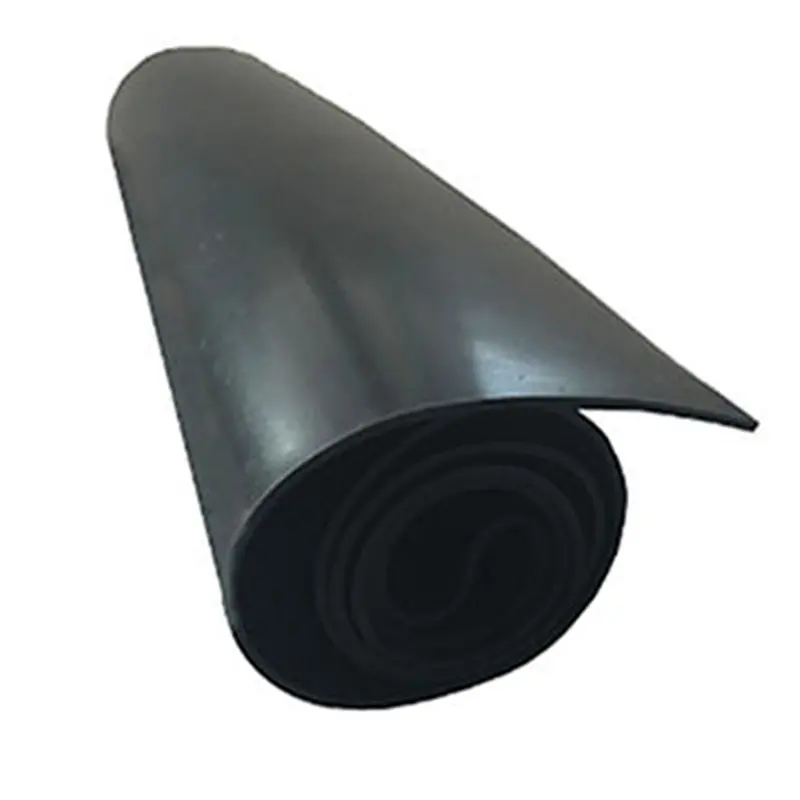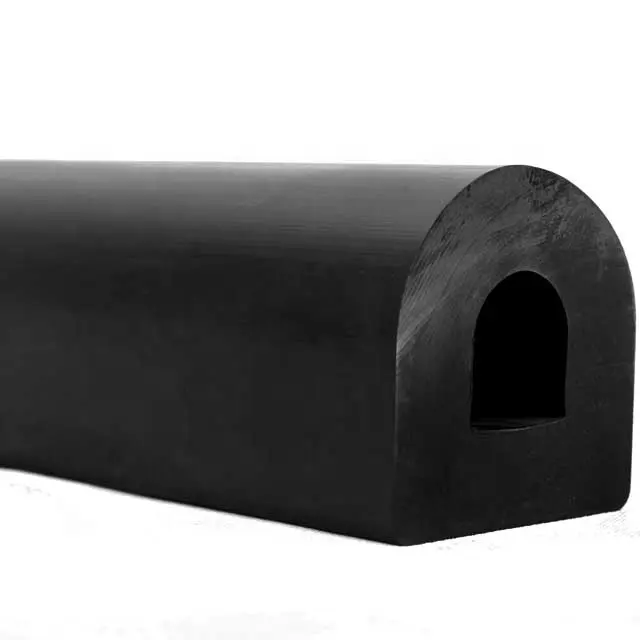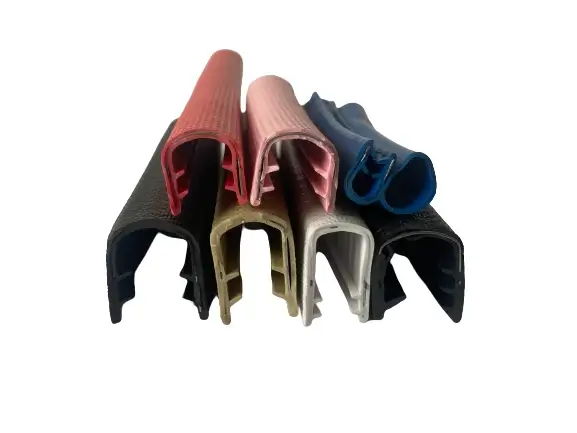Aug . 22, 2024 02:51 Back to list
Rubber Gasket for Fuel Tank Sealing Solutions and Performance
The Importance of Fuel Tank Rubber Gaskets A Deep Dive
In the world of automotive engineering and manufacturing, each component plays a critical role in ensuring the optimal performance and safety of vehicles. One often-overlooked but essential part of fuel systems is the rubber gasket used in fuel tanks. These gaskets, while seemingly minor components, serve pivotal functions that directly affect the performance and reliability of fuel tanks.
What is a Fuel Tank Rubber Gasket?
A fuel tank rubber gasket is a sealing component made from durable rubber or elastomeric materials. It is designed to create a tight seal between the fuel tank and other components, such as fuel lines, fuel pumps, and the tank cover. This seal is crucial for preventing fuel leaks, which can pose significant safety hazards and environmental risks.
Functions of Fuel Tank Rubber Gaskets
1. Leak Prevention The primary function of a fuel tank rubber gasket is to prevent fuel leaks. A well-fitted gasket ensures that fuel remains securely contained within the tank, reducing the risk of spills that can lead to fire hazards and environmental contamination.
2. Pressure Regulation In many fuel systems, maintaining the correct pressure is essential for efficient fuel delivery to the engine. Rubber gaskets help maintain the necessary pressure by providing a tight seal that minimizes the escape of vapors, which could affect fuel efficiency and engine performance.
3. Vibration Dampening Vehicles are subject to vibrations from the engine, road conditions, and other factors. Rubber gaskets provide a level of dampening, reducing the risk of damage to both the gasket and the components it seals. This contributes to the longevity of the fuel system and enhances overall vehicle performance.
fuel tank rubber gasket

4. Corrosion Resistance Fuel and fuel vapors can be corrosive over time. High-quality rubber gaskets are designed to resist chemical degradation due to exposure to fuels and their additives. This longevity is crucial for maintaining a reliable and safe fuel system over the years.
Material Selection
The selection of the right material for fuel tank rubber gaskets is vital. Common materials include nitrile rubber (NBR), ethylene propylene diene monomer (EPDM), and fluorocarbon (FKM). Each type has its strengths, including temperature resistance, chemical compatibility, and flexibility. The choice of material depends on factors such as the type of fuel used, the operating temperature range, and the specific design requirements of the fuel tank system.
Maintenance and Replacement
While rubber gaskets are designed for durability, they are not indestructible. Over time, gaskets can wear out due to exposure to fuel, extreme temperatures, and mechanical stress. Regular inspection of the fuel tank and its components is essential. Signs of aging or damage, such as cracks, brittleness, or fuel odors, indicate that it may be time to replace the gasket to ensure continued safety and performance.
Conclusion
Fuel tank rubber gaskets may seem like small, inconsequential parts in the broader context of vehicle design, but they are integral to the functionality and safety of fuel systems. Their roles in preventing leaks, regulating pressure, dampening vibrations, and resisting corrosion cannot be overstated. As vehicles become more complex and fuel-efficient, the importance of high-quality gaskets will continue to grow. For manufacturers, mechanics, and car enthusiasts alike, understanding the role and maintenance of these rubber gaskets is essential for ensuring that every journey is safe, efficient, and environmentally responsible.
